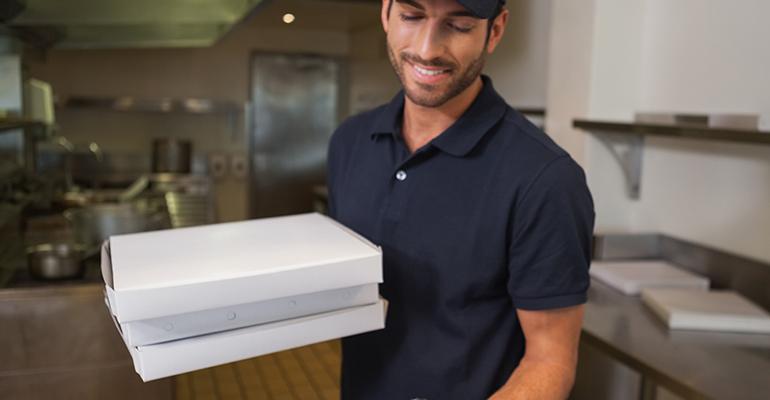2015 was a landmark year for the small business-for-sale marketplace. Business buyers and sellers finally shook their post-recession concerns, so much so that business listings hit a six-year record in the second quarter and have remained at high levels since.
Even in the midst of all this transaction activity, the restaurant sector stands out. The median restaurant sale price rose from $149,500 to $160,000 between the third quarter of 2014 and the same time this year, primarily a reflection of the industry's improving financials. Restaurants' median cash flow increased from $479,452 to $500,000 during that period.
As restaurant values continue to grow and more business listings flood the marketplace, owners will face stiff competition when trying to sell their operations in 2016. This is a good time to consider ways to differentiate your restaurant in hopes of attracting potential buyers during the coming months. Consider these six ideas to jump-start your planning process:
1. Remodel. This November, the IRS issued a simplified method to help restaurants and other retailers deduct and capitalize expenses related to remodeling projects. According to IRS guidance, restaurants and other qualified taxpayers can immediately deduct 75 percent of remodeling initiative costs and depreciate the remainder over time. Given this new clarity, 2016 could be an opportune time—both financially and aesthetically—to revamp your dining area or kitchen space. Since this safe harbor applies to all tax years beginning with 2014, be sure to report any recently completed remodeling efforts accordingly when filing 2015 taxes.
2. Add online ordering or delivery services. Expanding into online food ordering and delivery is a proven way to boost your restaurant's value and customer reach. New research from restaurant ordering and delivery provider GrubHub found that small restaurants average 50 percent increases in revenue and 20 percent jumps in takeout order volume after signing up for their services. Given the deluge of companies entering the delivery arena, from UberEATS to Postmates, restaurants can easily integrate these capabilities without the added burden of recruiting and managing extra staff.
3. Transform your supply chain to meet consumer demand. In the National Restaurant Association's list of the 20 food trends expected to dominate 2016, three of the top four revolve around locally sourced ingredients. Owners planning to put their restaurants up for sale should find ways to adapt their supply chains to meet these emerging preferences. Start developing relationships with local farmers, artisans and other suppliers, then promote those partnerships on your menu and website. Be sure to document your supply chain standards and supplier vetting process so prospective buyers can see your commitment to sustainability.
4. Step up your employee engagement efforts. Great talent is crucial to offering superior customer service and running a profitable restaurant. Restaurants of all types, however, increasingly struggle with recruiting and retaining employees. Make sure that your business is doing what it can to hold on to your best people. Are you offering comprehensive training programs to promote staff development at all career stages? Are you assigning shifts based solely on the restaurant's needs and not employees' actual availability? These are the types of questions you must address to mitigate turnover and keep morale high.
5. Invest in restaurant technology. As consumers incorporate technology into more aspects of their personal lives, they expect a higher degree of tech-driven convenience from the businesses they buy from (and dine with). According to National Restaurant Association research, 79 percent of adults think technology boosts restaurant convenience, and 70 percent think it improves order accuracy. Investing in innovative consumer tools like mobile payment platforms, tableside tablets and ordering apps can help your restaurant stand out among late adopter competitors.
6. Optimize your online presence. The Internet is usually the first place potential buyers turn to when researching their targets, so consistently update your website with accurate menus, services and locations, and make sure it to optimize it for mobile users. Evaluate your SEO keywords regularly so that your restaurant gets in front of the right buyers and brokers. It's also important to conduct routine sweeps of your restaurant's third-party profiles (e.g., on MenuPages or Google business listings) so that potential customers can find the most current information. Finally, start paying closer attention to review aggregators like Yelp to better engage diners and address feedback (both positive and negative).
The small business marketplace is bound to become more crowded in 2016, especially for the restaurant sector. Rather than sit idly while prospective buyers search for new investment opportunities, strive to be proactive. A little strategic planning can go a long way in ensuring a profitable sale for you and your business next year.
Bob House is group g.m. of BizBuySell.com and BizQuest.com.





